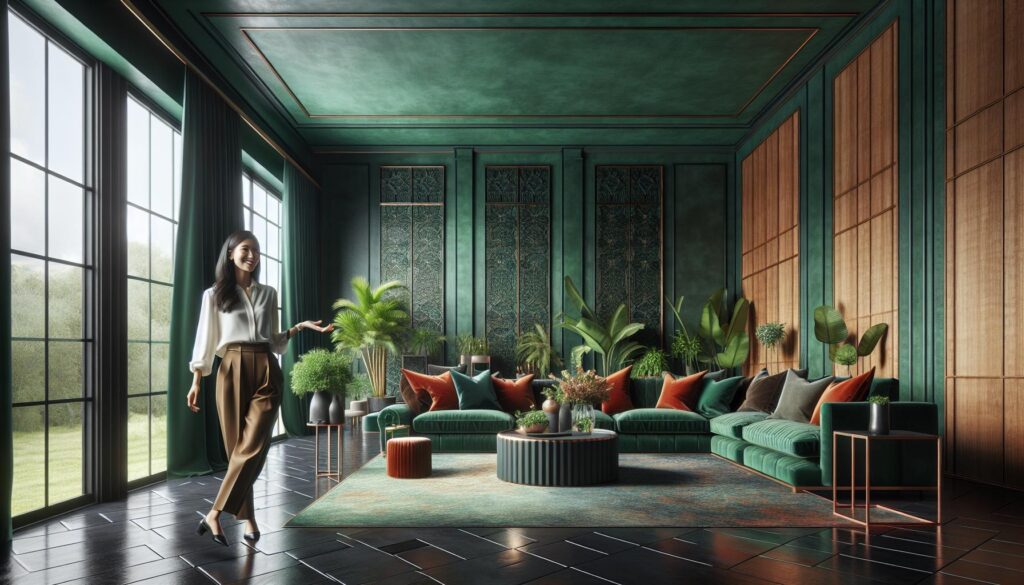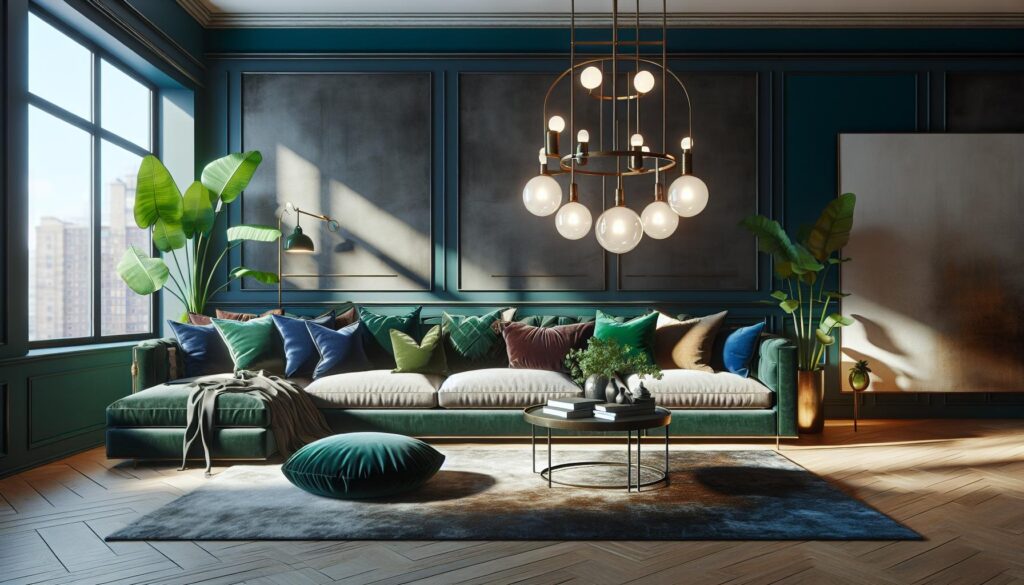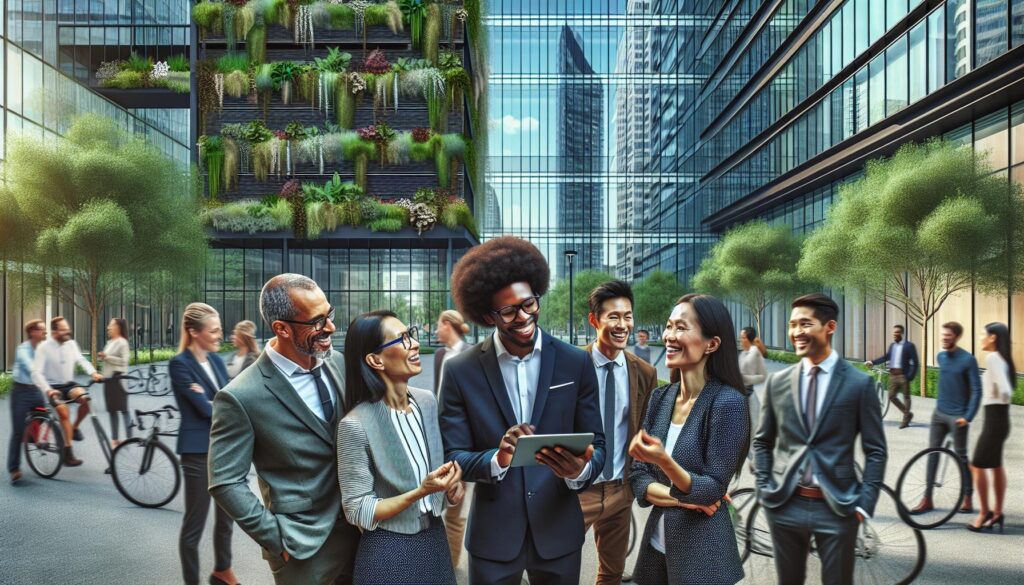In 2023, architectural trends are strutting down the runway like they own the place. From bold colors that shout “look at me!” to sustainable designs that whisper sweet nothings to Mother Earth, this year’s styles are anything but boring. If you think your home can’t be a showstopper, think again.
Get ready to dive into a world where minimalism meets maximalism, and every corner of your space begs for a selfie. Whether you’re a design novice or a seasoned pro, understanding these trends can transform your home from drab to fab faster than you can say “open concept.” Let’s explore the hottest architectural digest trends of 2023 and discover how to elevate your living space into a masterpiece that even your in-laws will envy.
Architectural Digest Trends 2023
Architectural Digest trends for 2023 feature a dynamic blend of bold colors and eco-friendly designs, setting the stage for innovative home aesthetics. Designers increasingly embrace the duality of minimalism and maximalism, creating spaces that draw attention without overwhelming. Earth tones and vibrant hues coexist, offering homeowners a versatile palette that caters to varied tastes.
Sustainability remains a focal point in design choices. Many architects and interior designers prioritize materials that reduce environmental impact while enhancing overall beauty. Recycled options and sustainable resources lead the way, resonating with the growing environmental consciousness among homeowners.
Biophilic design trends flourish, emphasizing the connection between nature and the home environment. Incorporating plants into interior spaces fosters a sense of tranquility and well-being. Natural light also plays a crucial role, with expansive windows and open layouts gaining popularity to enhance indoor-outdoor living.
Textural diversity enriches spaces, adding layers of interest and comfort. Mixing materials such as wood, metal, and textiles creates a harmonious yet eclectic look. Furniture pieces with sculptural qualities draw the eye and serve as both functional and artistic elements.
Numerous trends signal a shift toward personalization in home design. Homeowners are encouraged to reflect their individual styles rather than adhere to rigid standards. Curating collections of art, heirlooms, or unique decor items transforms houses into tailored sanctuaries that express personal narratives.
Ultimately, the trends highlighted in Architectural Digest for 2023 showcase an exciting future for interior and architectural design, combining sustainability, aesthetics, and individuality to inspire creativity in every home.
Key Design Aesthetics
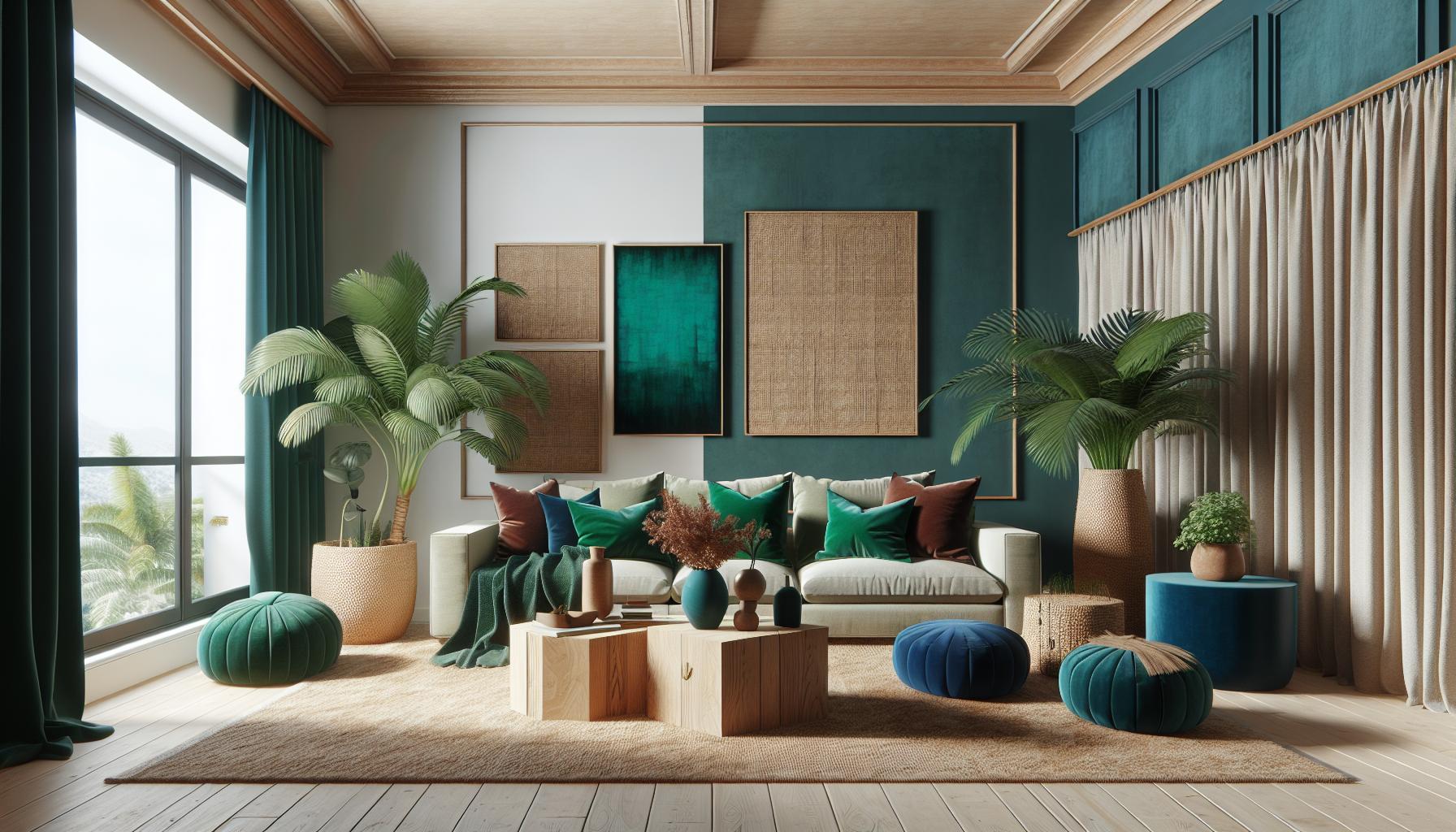
2023 showcases innovative design aesthetics, highlighting vibrant colors and sustainable materials. Bold color palettes inspire visual excitement, while unique textures offer depth and character.
Color Palettes
Color choices in 2023 lean toward rich jewel tones and earthy hues. Deep emerald green or royal blue captures attention, while terracotta and olive bring warmth. Combining contrasting shades adds dynamic flair. Neutral tones like beige and taupe serve as excellent backdrops, enabling statement colors to shine. Many designers advocate for the use of accent walls to introduce dramatic visuals without overwhelming spaces. This year encourages creativity and a diverse approach to color selection.
Materials and Textures
Sustainable materials take precedence in current design trends. Reclaimed wood and recycled metal are favored choices for eco-friendly aesthetics. Natural fibers such as jute and cotton enhance tactile experiences within living spaces. The use of stone, clay, and concrete creates a raw yet refined ambiance. Incorporating multiple textures in one room enhances visual interest, transforming interiors into layered masterpieces. Designers highlight the importance of authenticity, urging the use of organic materials that not only beautify but also reduce environmental impact.
Influential Designers and Architects
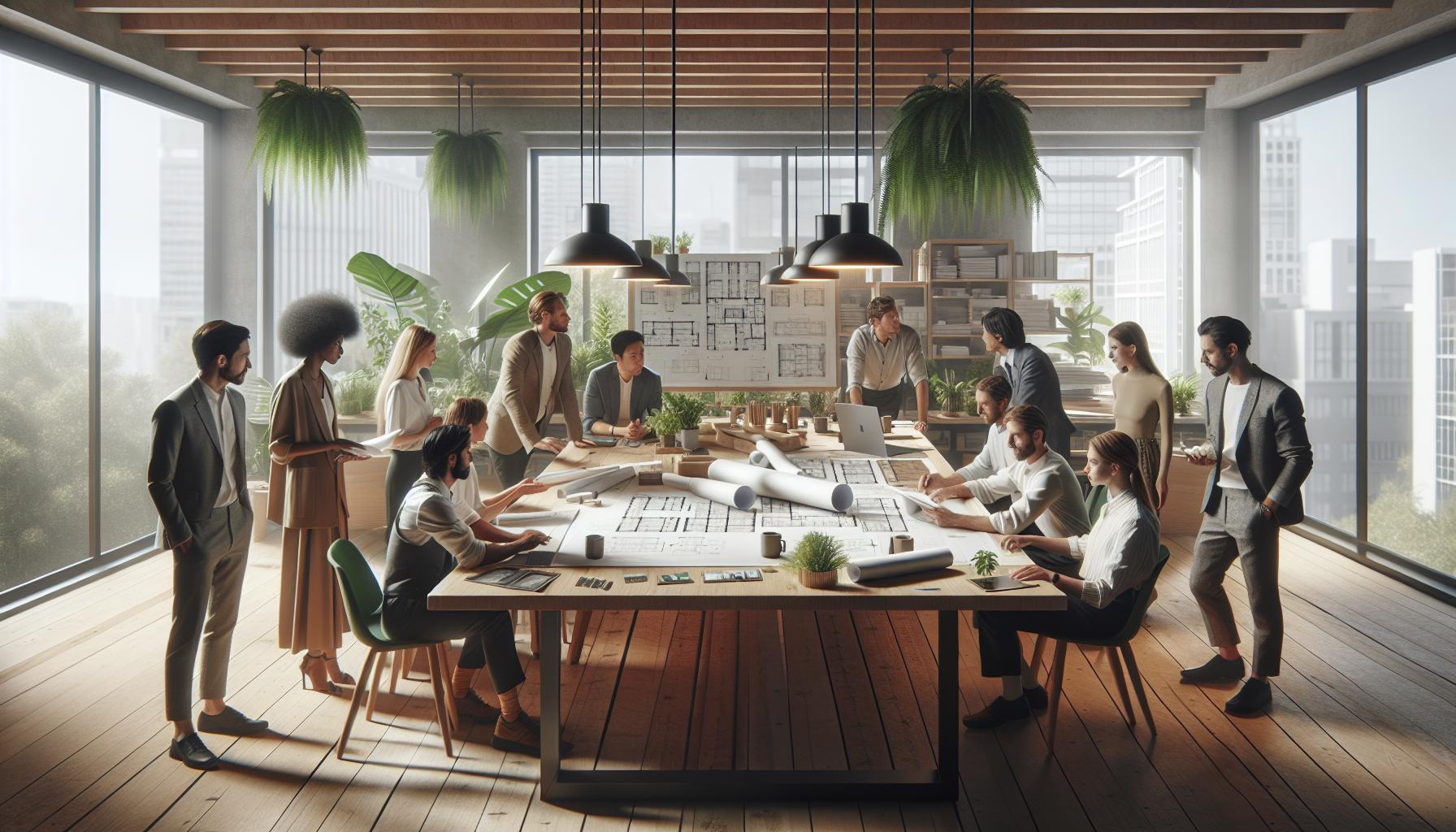
Architectural trends in 2023 are shaped significantly by both emerging talents and established influencers. Their creativity and innovation drive the industry forward.
Emerging Talents
Emerging designers bring fresh perspectives to the architectural landscape. They focus on sustainability, often using unconventional materials that challenge traditional approaches. Young architects like Elise F. and Marco H. emphasize biophilic design principles, integrating plant life and natural elements into their projects. Surveys show that new voices are increasingly important in promoting personalized aesthetics, which resonates with a wider audience. Their capability to blend functionality with artistic flair is reshaping expectations in home design.
Established Influencers
Established influencers continue to dominate trends in architecture and design. They adapt traditional styles, incorporating modern sensibilities and innovative techniques. For instance, designers like Kelly W. and Peter M. prioritize eco-friendly practices in their renowned projects. Their ability to combine rich jewel tones with sustainable materials sets a benchmark for quality and elegance. Audiences admire how these industry figures promote visual harmony while emphasizing texture and personalization, paving the way for vibrant, inviting spaces. Their influence remains crucial in guiding both emerging artists and homeowners alike.
Innovative Technologies in Design
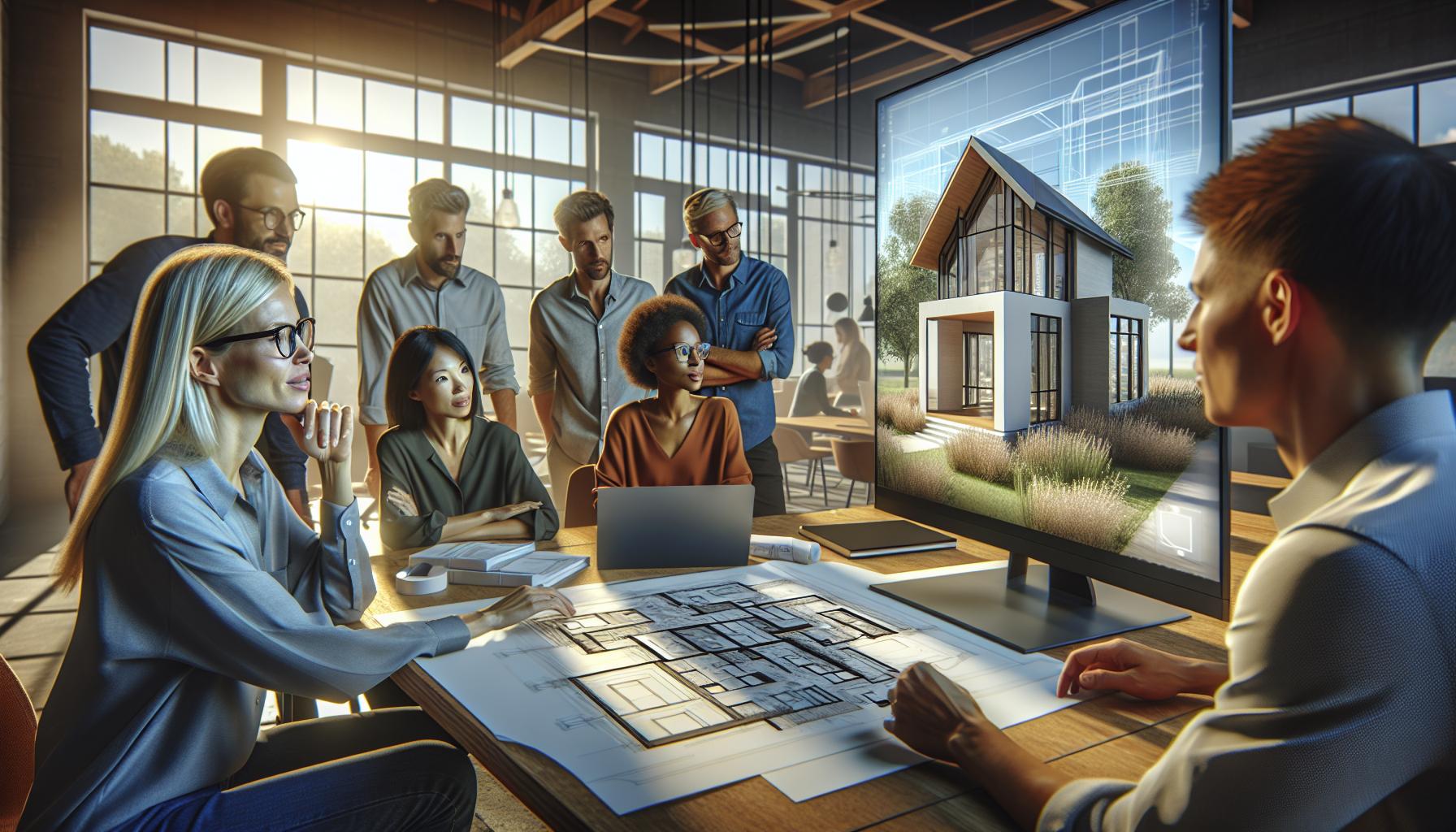
Innovative technologies redefine architectural design in 2023, enhancing both functionality and aesthetic appeal. Virtual reality (VR) immerses clients in realistic environments, allowing them to visualize spaces before construction begins. Augmented reality (AR) overlays digital elements onto physical settings, facilitating quicker design decisions. These tools not only engage clients but also streamline workflows among architects.
Smart home technology integrates seamlessly into modern designs, boosting convenience and efficiency. Homeowners prefer systems that manage lighting, heating, and security through intuitive apps. Such technologies enhance energy efficiency, aligning with the growing demand for sustainable living. IoT (Internet of Things) devices contribute significantly, connecting various elements of the home to create cohesive living experiences.
3D printing revolutionizes material usage, enabling architects to craft unique structures quickly. This technology reduces waste while allowing for innovative shapes and designs. Additionally, prefabrication continues to gain traction, with modules constructed off-site for faster assembly on location. Precision in these methods often results in higher quality finishes.
Sustainable technologies, including solar panels and green roofs, take center stage. These elements optimize energy consumption while enhancing aesthetics. Homeowners increasingly recognize the benefits of integrating nature within architectural designs through these technologies, aligning with biophilic design principles.
Digital fabrication techniques, such as CNC machining, allow for intricate design elements that were previously difficult to achieve. Automated processes enhance precision, resulting in stunning architectural features. Altogether, these technologies foster a new era of architecture where innovation, sustainability, and personalized design harmonize beautifully.
Sustainability in Architecture
Sustainability plays a crucial role in architectural trends of 2023. Architects prioritize eco-friendly materials to diminish environmental impact while enhancing aesthetics. Reclaimed wood and recycled metal serve as popular choices, demonstrating a commitment to sustainability without sacrificing style. Natural fibers complement these materials, promoting a tactile experience that resonates with many homeowners.
Biophilic design principles thrive, encouraging spaces that connect individuals with nature. Integrating plants and maximizing natural light contributes to well-being and creates inviting atmospheres. Textural diversity defines interiors, with layered designs showcasing various finishes that enhance visual interest. Personalization becomes essential, allowing occupants to reflect their unique styles while adhering to sustainable practices.
Emerging designers lead the charge with innovative ideas centered on sustainability. Many incorporate unconventional materials to create striking visuals that appeal to broader audiences. Established designers adapt traditional aesthetics, infusing them with modern sensibilities that honor eco-friendly practices while delivering visual harmony.
Technological innovations further accompany these sustainable efforts, transforming architectural designs in 2023. Smart home systems enhance energy efficiency, creating residences that respond to user needs. IoT devices streamline lifestyles, promoting convenience without compromising environmental goals. Sustainable technologies like solar panels and green roofs optimize energy use while elevating aesthetic appeal, aligning seamlessly with biophilic elements.
Following this trajectory, the architectural landscape embraces innovation, sustainability, and individuality. The fusion of these concepts helps design enthusiasts, whether novices or experts, create captivating living spaces that stand out as both beautiful and environmentally responsible.

